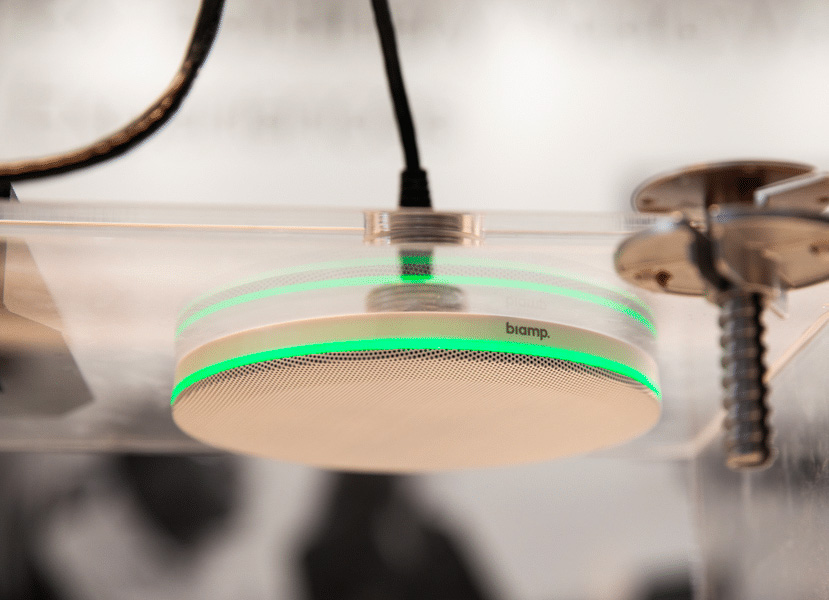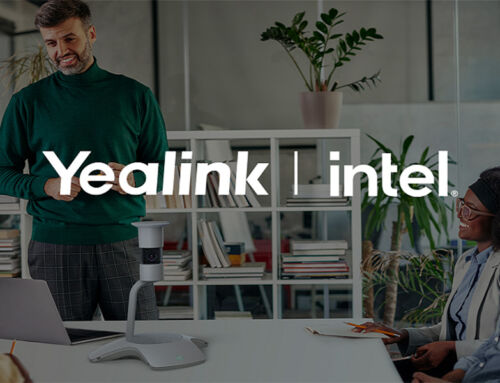The pandemic compelled businesses to shift employees to remote work, and even as recovery takes place, the trend of remote work remains robust.
While certain remote work measures were initially seen as temporary solutions, the current hybrid work scenario necessitates IT departments to reconsider how they can consistently provide support, services, and technology to employees, regardless of their chosen work location.
According to a survey conducted by EMA, more than 95% of IT organizations reported that they are catering to hybrid workers.
EMA elaborated, stating this constitutes around 30% of all remote-working employees. These individuals adopt a hybrid approach, occasionally working from the office. As an IT organization, this implies the necessity to offer support both at home and in the office, adding a layer of complexity.
So how does the modern workforce handle these complexities?
To ensure consistent application delivery and service quality comparable to in-office expectations, network operations teams must adapt their approach for remote and hybrid employees.
Presently, only 32% of surveyed IT professionals expressed full success in enabling and supporting the networking needs of remote and hybrid workers.
Looking to the future, network teams are strategizing investments in areas like switching and Wi-Fi. EMA advises enterprises to also invest in advanced secure remote access technology and network observability tools. These enhancements enable better performance tracking across various locations.
EMA emphasized the need for secure remote access solutions that offer integrated network security automation, centralized management, and network optimization capabilities. Additionally, the corporation recommends considering endpoint monitoring and synthetic monitoring to enhance the overall observability of remote workers’ activities.
Read on to learn more!

Remote Work as the New Norm
Although the pandemic may have initiated the shift to remote work, businesses cannot reverse the transformation that has altered the way a significant number of people work today.
EMA’s findings indicate that 94% of IT organizations have witnessed a lasting surge in remote work subsequent to the pandemic.
Prior to the pandemic, a mere 17% of employees operated from their homes. In the present scenario, businesses revealed that over 40% of their workforce is engaged in remote work, with respondents anticipating this number to approach half by 2025, underscoring a shift away from the traditional office environment.
Supporting remote work for a limited number of employees differs significantly from managing the needs of nearly half the workforce operating remotely, often dealing with diverse levels of connectivity. Balancing security and user experience presents a particular challenge in this context.
EMA pointed out that IT leadership—CIOs, CTOs, CISOs—might not be adequately equipping lower-level employees with the guidance and assistance required for successful remote work.
The dilemma of prioritizing between security and user experience is prevalent. Striking a balance is crucial, but at times, we must think about security over experience. Everyone who works for a company has their own forms of sensitive data, and it’s important that doesn’t get leaked alongside classified business documents.

Security and IT
EMA inquired about the difficulties associated with a larger remote workforce. Compliance and security emerged as the primary apprehensions for over 30% of the participants. The utilization of various applications by employees across diverse locations substantially amplifies the complexity of safeguarding data and granting access.
The company pointed out that employees conduct a significant portion of their tasks from home, and they encounter sensitive data and resources without the inherent security protection of network devices.
This exposes them to new ways of attack and simultaneously generates possibilities for data leaks.
Ranked second among the primary concerns, poor IT leadership was highlighted by respondents as a challenge in the realm of remote work. An additional 24% of participants pointed to a scarcity of skilled personnel as an obstacle, while 22% of IT professionals indicated struggles stemming from budget limitations and interdepartmental collaboration.
A significant issue faced by IT professionals responsible for supporting remote work is the lack of control.
A multitude of home office setups depend on Internet Service Providers (ISPs) for connectivity, leaving IT experts unable to monitor these networks or regulate service performance for their employees.
EMA emphasized CIOs and CTOs might assume that the internet is consistently reliable and that individuals working from home possess stable connections. But as with many things in this world, that cannot always be the case.

Collaboration Issues
The surge in real-time communication applications during the pandemic continues unabated. Rather than resorting to traditional phone calls, employees now lean towards utilizing collaboration tools like video conferencing and real-time chat to connect with colleagues.
In this context, the EMA survey reveals that nearly 90% of respondents have noticed a rise in the usage of real-time voice, video, and collaboration applications since the pandemic’s onset. The adoption of these technologies places additional strain on home networks, which can suffer from inconsistent connectivity.
According to EMA, IT professionals supporting remote employees encounter various network performance challenges, including:
- Home Wi-Fi issues
- Network latency due to app distance, more pronounced in larger enterprises
- ISP quality concerns
- Bandwidth consumption by family members or roommates
- Inefficient Internet routing
- ISP congestion during peak hours
- Interference from shared Wi-Fi in multi-family housing
In response, network teams catering to hybrid workers have had to update their switching, Wi-Fi, mobile, and other network capabilities to accommodate the remote workforce.
For instance, a little over 75% of respondents reported increased demand for on-premises bandwidth, while 90% indicated the need to enhance Wi-Fi to meet new mobility requirements. Moreover, 83% are exploring location-based technologies like hot-desking and small conference rooms, according to EMA.
IT organizations are likely to make new investments or upgrade technologies to align with evolving work patterns. The EMA survey highlights that nearly 90% of organizations have already allocated budgets for these investments. Over half plan to update existing tools, while some intend to acquire tools from new vendors, and the rest plan to procure new tools from their current vendors.
The hybrid workforce is growing, and your business could too. Call Ultimate Technologies Groups today to speak with on of our friendly representatives!
About the Author:
Ultimate Technologies Group is the global expert in virtual communication and collaboration technology. When it comes to high-end Audio Visual technology solutions, we are trusted by some of the most respected brands:
Commercial AV News & Thought Leadership:

2022 RedDot Winner – Yealink’s MeetingBoard 65

Sound Masking vs. Sound Absorption: Improving Conference Room Acoustics

The Current State of Hybrid Work May 2022




